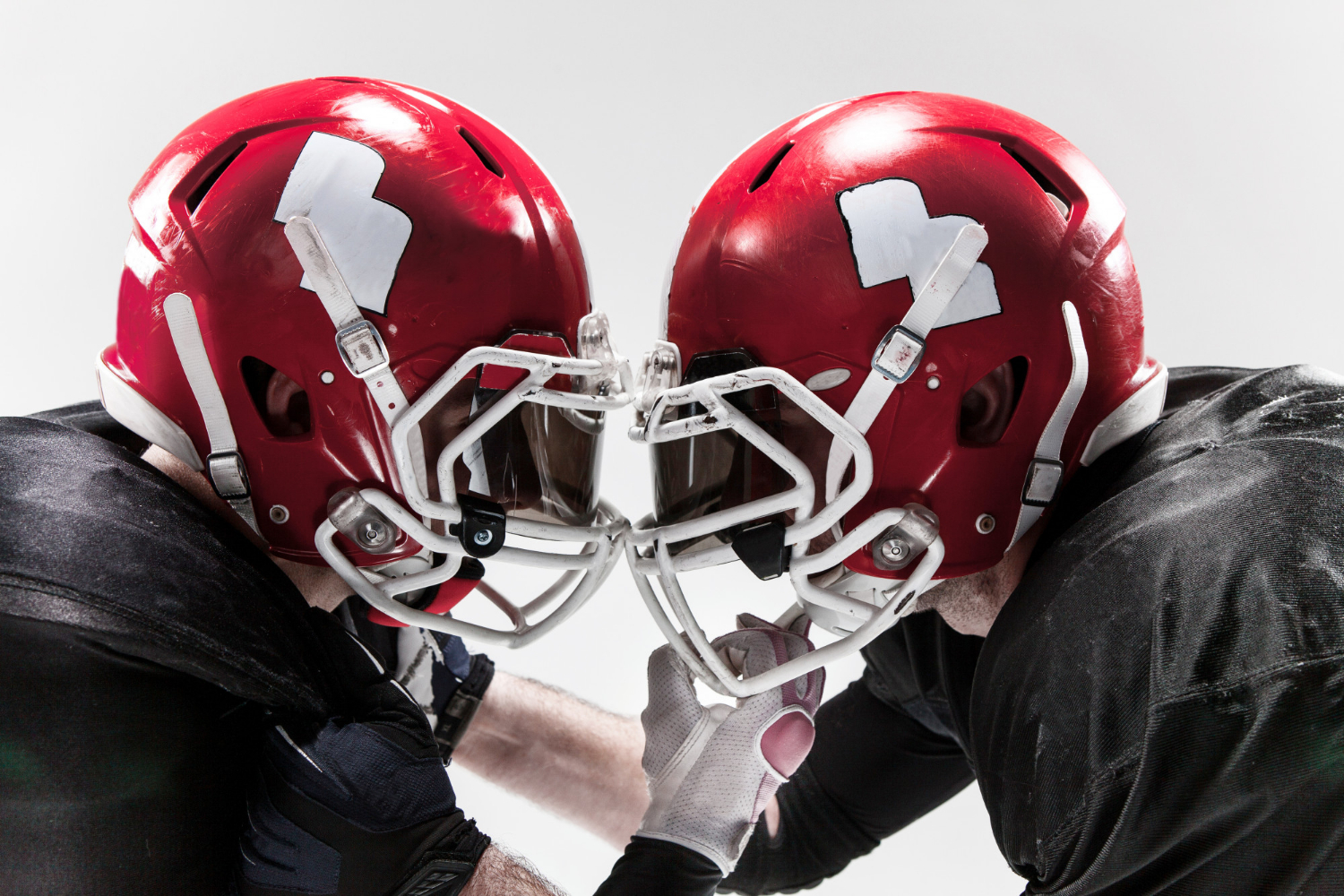Even if we know a lot about football, the game has evolved from its rugby-like beginnings in the late 1860s to the contemporary version that we play today. In the 144-year history of the game, the gear meant to protect the rivals has also undergone a total makeover.
When watching football, it’s common to think that the players’ gear is the same as usual, that it hasn’t changed from what it has historically been. After all, it is supposed to be a shield from the demanding physical demands of the game.
But as a matter of fact, as for last year’s season, a number of health and safety initiatives were implemented by the Canadian Football League (CFL odds) in collaboration with the CFL Medical Committee. This meant a huge evolution of six key football equipment pieces, from their individual debuts to how they should function in the modern game.
Let’s delve into this momentous shift in football history and examine how the equipment has evolved, whether it was because of safety and health issues, technical innovation, or simple aesthetic preferences.
The guardian cap
The first time head protection was even mentioned was in the 1890s. According to some sources, the first in-game use of a “helmet” occurred during the 1893 Army-Navy game in Annapolis.
Injury protection was, and still is, the clear driving force behind the helmet’s technological evolution and the eventual coming of age in football.
The earliest football helmets were constructed from fused moleskin or leather straps to shield players who were worried about their personal safety.
As plastics and synthetic material technology advanced sufficiently, the helmet started to resemble the more contemporary headgear that we are all familiar with today.
The CFL has made it mandatory for offensive and defensive linemen, running backs, and linebackers to wear the Guardian Cap for all contact sessions throughout the regular season and CFL Training Camps starting in 2023. While it is not required, players in other positions are free to decide whether or not to wear the product.
A cushioned shell attached to the outside of the helmet is called the Guardian Cap. Studies have indicated that the Guardian Cap lessens the force of a hit by a minimum of 10% when worn by a single player and by a minimum of 20% when worn by both players.
The facemask
It’s harder to trace the historical roots of the facemask than the football helmet. Players have been getting hit in the mouth or face for as long as they have been playing football and wearing helmets. In fact, football players in the 1920s used somewhat frightening-looking nose guards, either with or without helmets, to shield their faces before the invention of the facemask.
Some coincide that the first facemask in football was the Lucite shield. But due to its disastrous tendency to break upon impact, the NFL’s higher authorities finally decided to outlaw it.
This resulted in Riddell’s BT-5 helmet, which had the recognizable single bar facemask. Over the next 50 years, this led to numerous variations of the double-bar type as well as other helmet designs.
Similar to helmet technology, facemask technology is continuously evolving due to developments in synthetic materials.
The shoulder pads
In American football, the idea of guarding the upper body actually precedes the idea of protecting the head. The original pads, which are said to have been constructed of leather and wool, were supposedly sewn into the jerseys of the opponents rather than being worn as a separate piece of gear.
In the 1960s and 1970s, plastic materials were employed to make shoulder pads. As with helmets, this advancement in materials science allowed for the use of less material to provide greater protection.
In fact, what was first intended to serve as padding for the shoulders was eventually extended to protect the upper torso, which includes the ribs and upper chest. This indicates that the evolution of this particular piece of equipment coincided with worries about damage to other body parts.
The advancement of shoulder pads over the past few decades may be the largest equipment evolution in recent memory. Better ventilation, more mobility, more comfort, and improved protection are also resulting from the developments.
Other health and safety measures introduced by the CFL
A new initiative, Tents for Medical Care, has been introduced, mandating the use of collapsible tents on the sidelines for medical evaluations and/or tests starting this season. These tents not only provide athletes with privacy but also create an environment free from distractions, ensuring thorough assessments. Tents will be a common sight on both sidelines at every game, deployed only as needed.
Furthermore, the league has enhanced the pregame medical briefing. Now, the meeting includes not just medical staff but also representatives from crucial areas, such as security, venue operations, and game presentation departments. This expansion ensures a well-coordinated response team ready to provide swift care in case of a medical emergency.
Avid Writer with invaluable knowledge of Humanity!
Upcoming historian with over 30 million views online.
“You make your own life.”





